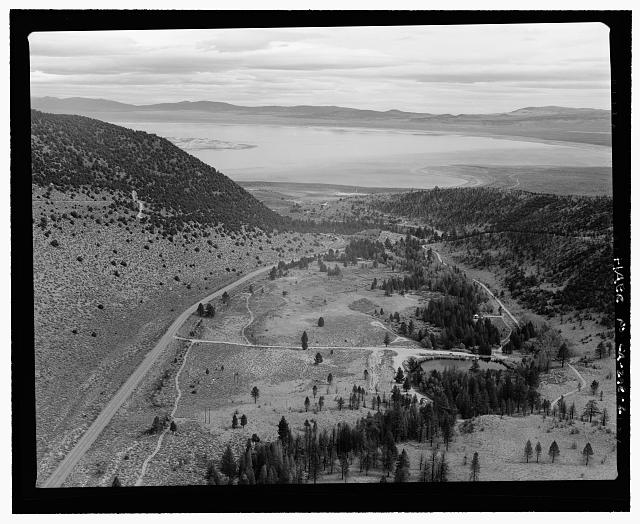On the occasion of the 100th anniversary of the Los Angeles Aqueduct, economist Gary Libecap’s take on “The Myth of Owens Valley“:
The allegations are that Owens Valley water was stolen from farmers by a rapacious Los Angeles and, once it was shipped out of the valley through the Los Angeles Aqueduct, the agricultural economy was ruined and the valley was left a wasteland.
Unfortunately for the development of water markets and the smooth reallocation of water, the story is wrong. The water was neither stolen nor was the farm economy left in ruins. There is another and more useful lesson to be drawn from Owens Valley for promoting the development of water markets: Because water is a complex resource with many interconnected uses (some rivalrous and some not), any water trade is likely to have at least a few third-party effects. Fears of those effects bottle up contemporary water discussions. But the Owens Valley experience reveals that the allocative benefits of moving water from low-valued uses to high-valued ones are so large that they most likely will swamp the distributional concerns.
Libecap argues that the decline of Owens Valley farming, part of the foundation of what he calls the “myth”, is the same trend found in other Great Basin farming valleys, a long term shift to livestock:
The export of water reduced crop production as a share of overall agricultural output and encouraged a shift toward livestock. But this pattern also took place elsewhere in the Great Basin. The comparative advantage of the region ultimately was in livestock, so there likely would have been a gradual shift from crops in Owens Valley, even had the aqueduct not been built. Owens Valley was not left a wasteland as is sometimes alleged.
This conversation matters because so much of the West’s water is currently used in agriculture. We only have a long term shortage in the West if we want our cities and our farms to both continue on their current trajectories. Given the relative economic size and importance of the cities relative to the farms, we need to get the “distributional concerns” about farm-to-city transfer right, which means we need to look carefully at what actually happened in the Owens Valley (and other places where ag->urban transfers are underway).


John – I have heard Gary and other economists speak on this issue on different occasions. What some have noted was that to some extent the story of people being fleeced by the big city folks was due to the fact that those who sold early made less per acre than the hold outs who sold later, leading to the perception that they were ripped off. Some of the landowners actually made out really well, in fact the family of Buzz Thompson, from Stanford owned land there that they sold and used to buy other land (possibly in LA, but I might be mis-remembering – I think Gary told this story). I think there were a fair number who sold out in Owens Valley and used that money to buy land in San Fernando Valley. It’s a fascinating story that is so much more complex than the mythology surrounding it. Thanks for noting this important date in history.